Accelerate 3.58 seconds/battery life to reach the expected first test Weilai ET7.
[car home Professional Evaluation] (|) was finally delivered to the market after it was released for one year and four months. The mission of this car is not only to lead Weilai brand into a new stage, but also to continue to challenge China brand’s share expansion in the luxury market and become an offensive vanguard with high hopes. The topic of Weilai brand itself also attracts attention from different angles. In the eyes of most people, whether it can really succeed in the three-legged luxury car market of more than 400,000 is the mystery that everyone expects.
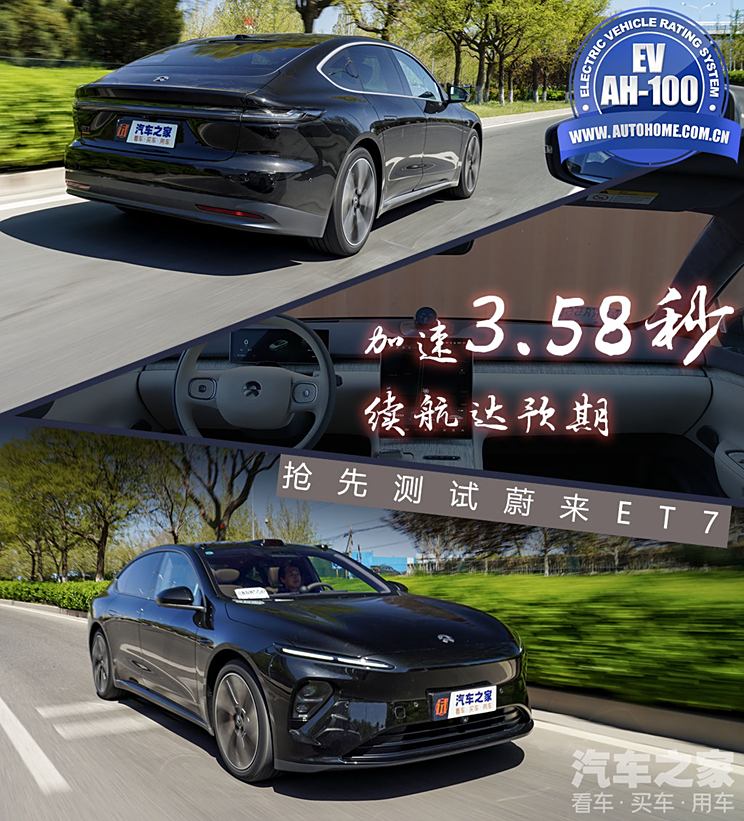

The model we tested is the first edition of 2021 Weilai ET7 100kWh, and the test vehicle is a mass-produced commercial vehicle that is also delivered to users. Before that, we had a detailed dynamic test drive sharing of this car. In today’s content, we will focus on three aspects: energy consumption, dynamics and comfort, and comprehensively interpret the soft and hard strength of this model through actual measurement.In particular, our test car is a quasi-new car that has just been delivered. The mileage before the test is only 60km, and there is no running-in period, so it will affect the braking ability.
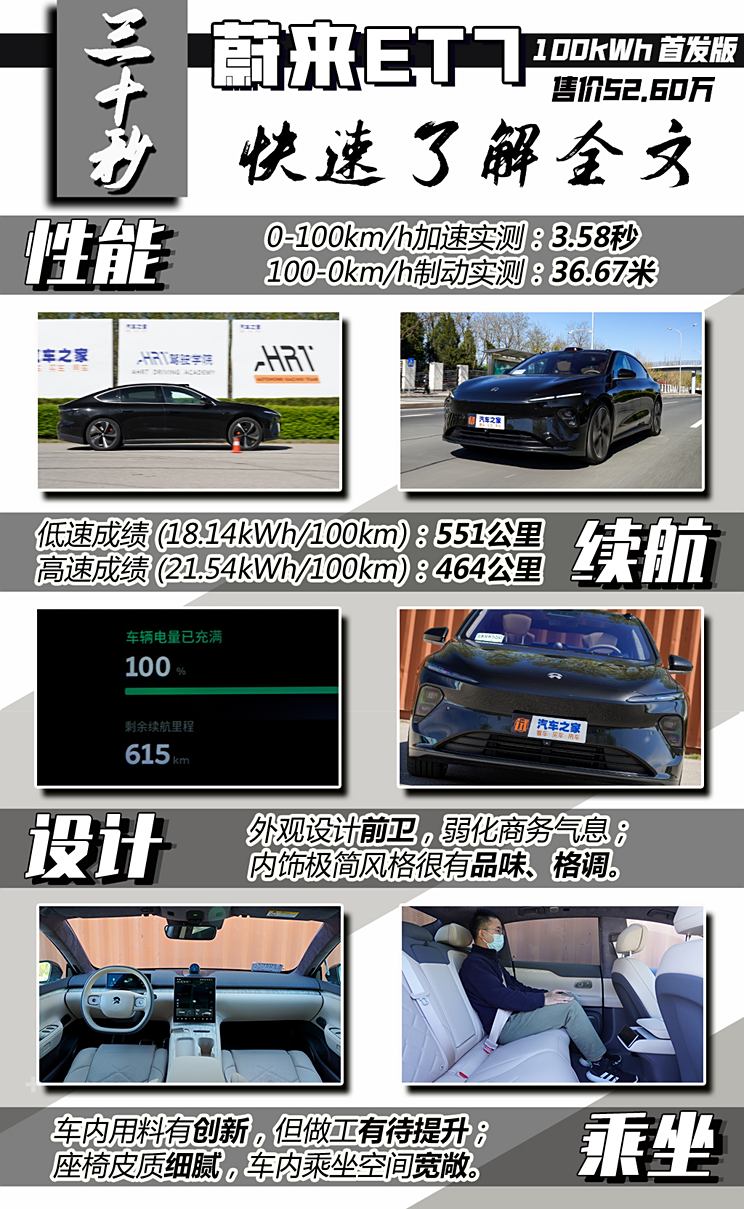
● Weilai ET7 comprehensive endurance test
The first edition of Weilai ET7 comes standard with 100kWh battery by default, but it needs to be explained here that different rim models have obvious influence on the car’s cruising range. For example, the 20-inch long cruising power rim can have the longest cruising range of 705km under CLTC conditions, while the 21-inch carbon fiber rim that we chose at an extra cost of 12,000 yuan can only bring the car a cruising range of 615km under CLTC conditions. So what kind of cruising performance will it have in the actual test?
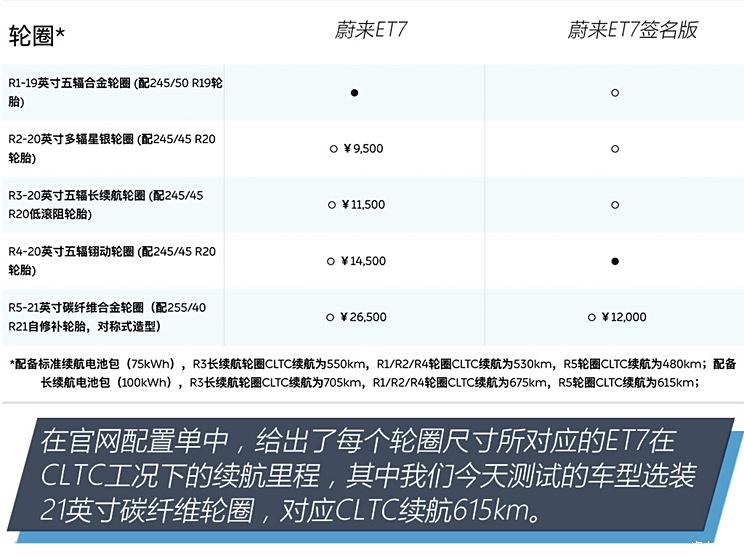
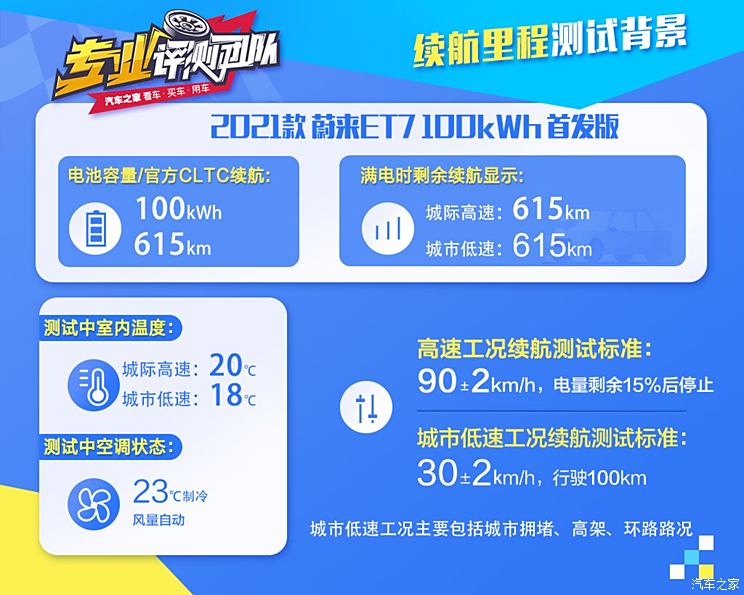
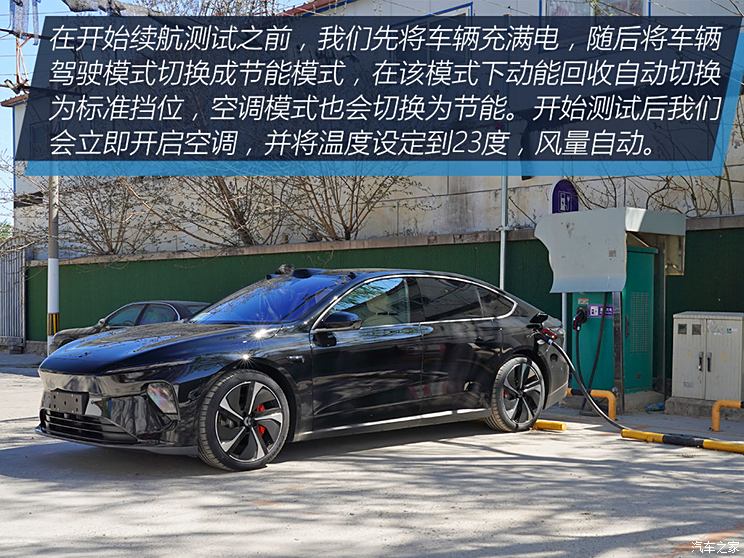
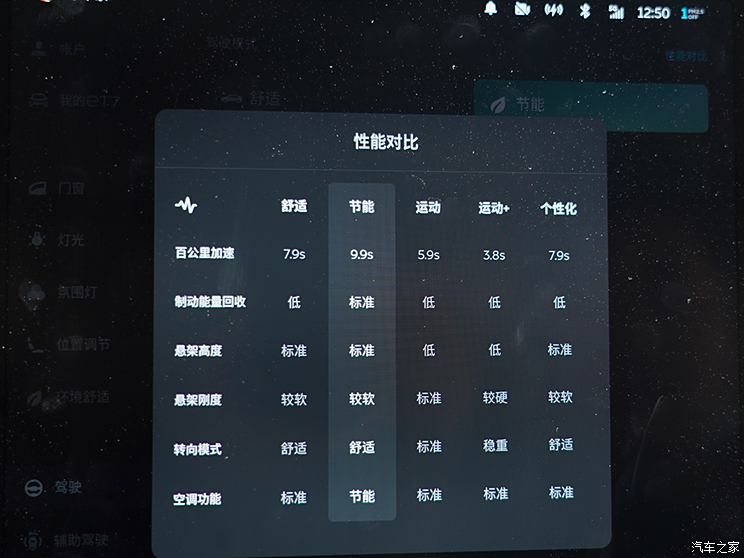
● Weilai ET7 City Low Speed Endurance Test
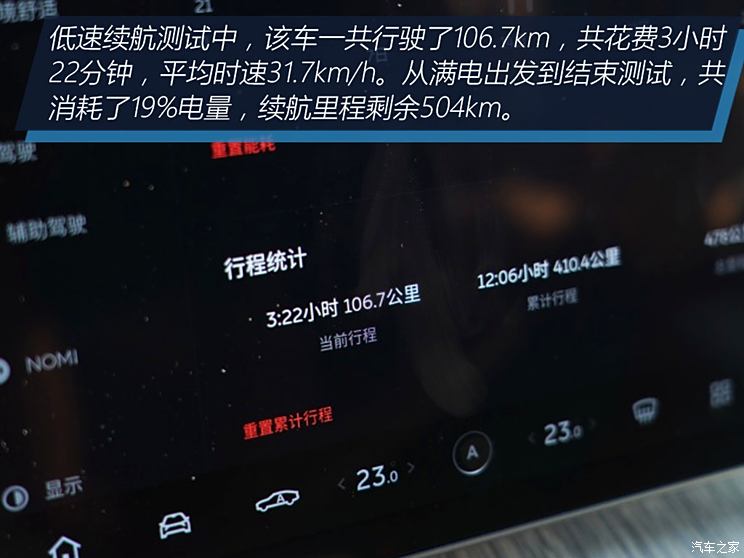
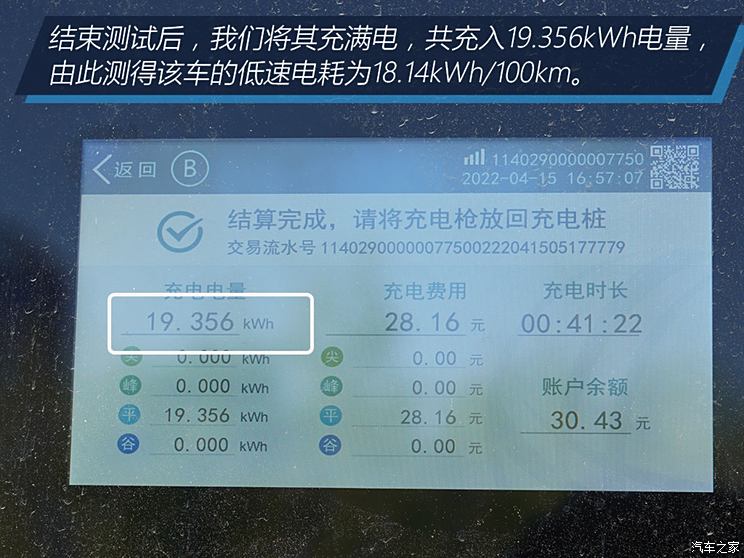
In the low-speed endurance test, Weilai ET7 traveled a total of 106.7km, which took 3 hours and 22 minutes to calculate the average speed of 31.7 km/h. After the test, we charged it, charging a total of 19.356kWh, and finally calculated that the power consumption of the car at low speed was 18.14kWh/100km, and the measured cruising range at low speed was 551km under this power consumption.
● Weilai ET7 intercity high-speed endurance test:
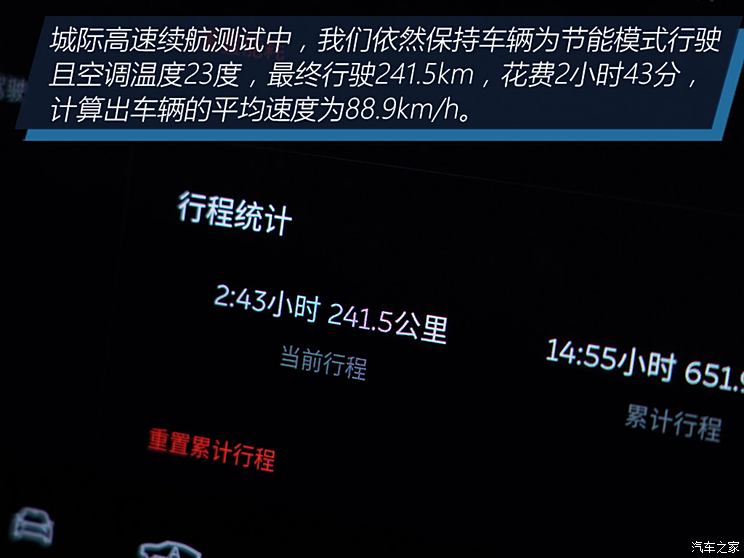

In the intercity high-speed endurance test, the energy consumption score of Weilai ET7 is 21.54kWh/100km, which translates into the measured high-speed endurance mileage of the car of 464km.
● Weilai ET7 60kW charging speed test:
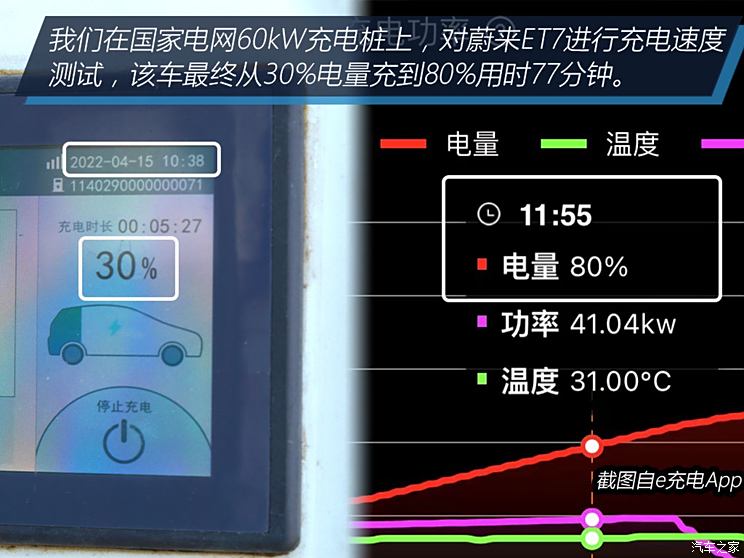
It should be noted that the charging pile we used this time is a 60kW charging pile of State Grid. If we switch to a pile with higher charging power, such as Weilai’s own super-charged pile, I believe it will have a better charging speed. In addition, during the charging process, we also found that the car will have obvious trickle when the power reaches more than 90%, thus prolonging the charging time.
● Summary of Endurance Test of Weilai ET7:
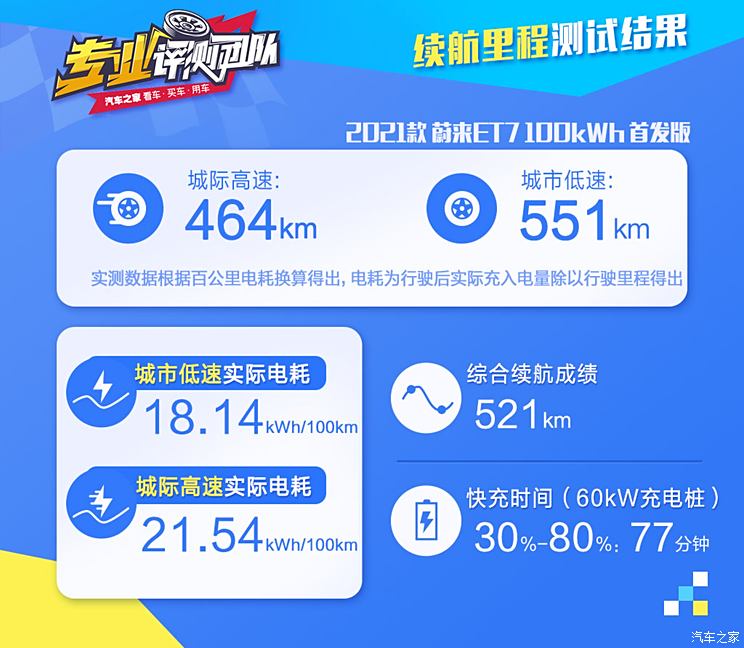
According to the test results of urban low-speed and intercity high-speed, based on the ratio of intercity high-speed and urban low-speed of 35%+65%, the comprehensive cruising range of the first edition of Weilai ET7 100kWh is 521km, which is 84.7% compared with the official CLTC cruising range of 615km. This performance is in line with our expectations. After all, the current temperature conditions are relatively friendly for electric vehicles.